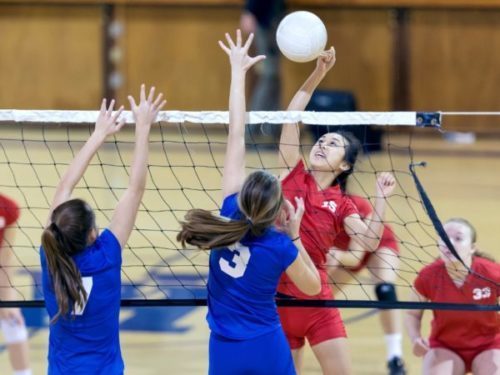
Injuries such as ACL tears, ankle sprains and stress fractures are significantly more common in females than they are in male athletes. In fact, studies on sports injuries in females have shown that women are up to 8 times more likely to sustain an ACL tear than their male counterparts.
Why are females more prone to sports injury?
That can be a difficult question because the reasons are not perfectly clear and more research is needed. However, there are prevailing theories that point to anatomical and hormonal differences between men and women as the root cause of this phenomenon.
Here are some examples:
- The female pelvis is wider, which changes the transfer of weight down the leg. This puts more stress on the soft tissues that support the joints, especially the knee.
- Women have less testosterone than men. This can lead to muscle imbalance and a higher chance of tearing a ligament.
- Hormonal influences play a role in female sports injuries, especially estrogen and relaxin. While essential to overall development, the hormones add laxity to a woman’s joints, potentially increasing the risk of injury.
“A balance between your muscles and your ligaments controls where and how your bones move,” Dr. Elizabeth Gardner, orthopedic surgeon at Yale Medicine, explains. “Any force absorption your muscles can’t provide gets passed along to the ligaments. If those are too loose or weak, that can hurt you.”
What can women do to level the playing field?
While the female anatomy or physiology can’t be changed, there are several steps female athletes can take to protect themselves. “Much of this has to do with strength and coordination,” Dr. Gardner says. “We want to make sure we are building balanced strength to impart stability to the joints.”
Strengthening programs should include:
- Hamstring strengthening to provide added stability to the knees.
- Hip strengthening to support and stabilize the femur.
- Exercises focused on improving landing and pivoting mechanics.
Mind Over Matter?
An important aspect of preventing injuries in female athletes is to develop their neuromuscular control. That’s because, when jumping, women have the tendency to have less bend in the hip and knees than men do. As a result, women don’t absorb shock as well.
“There are neuromuscular training programs that work on jumping hopping, pivoting, and other movements that teach you how to quickly stabilize your body” says Dr. Gardner.
Programs designed by Physical Therapists to address landing mechanics and shock absorption are critical in providing longevity to any athlete, including female athletes. In fact, many athletic programs partner with PTs to offer multi-week ACL injury prevention courses.
A Few Next Steps
Almost 50 years after the passage of Title IX, there is still much work to be done to level the playing field for female athletes. However, whether you’re a female athlete, the parent of an athlete, or simply want to lessen your risk of injury, we can help.
Our Board-Certified therapists have extensive training in providing safe and non-surgical solutions to orthopedic injuries. From youth sports to weekend warriors, prevention is always the best medicine.
Click here to find one of our 19 conveniently located clinics.
